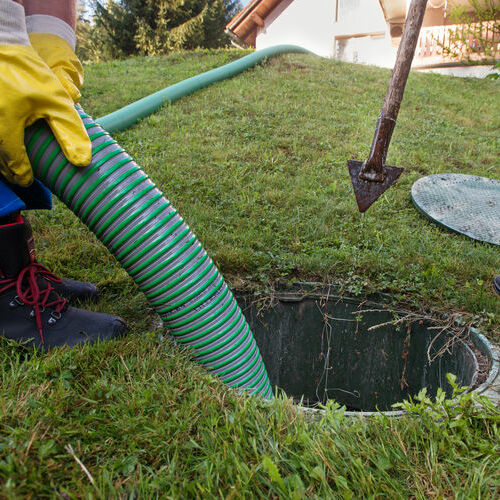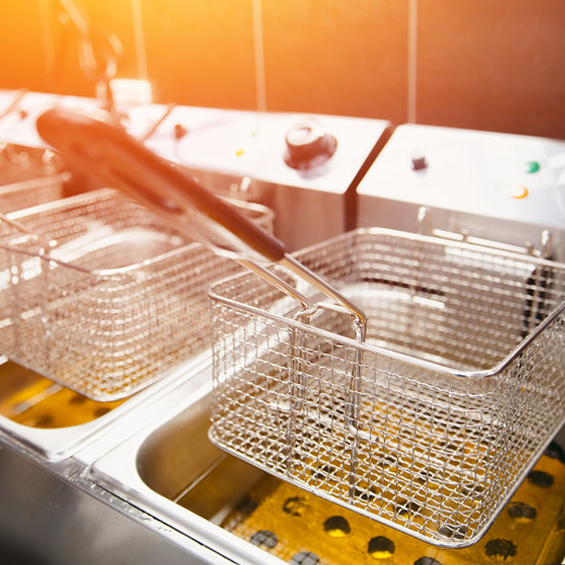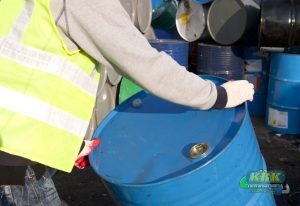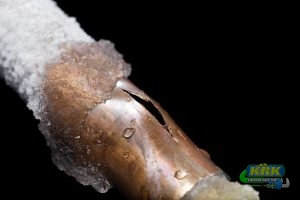
Dealing With Backflow Prevention and More
Whether you own a home or commercial property, you are going to need access to a water supply. Anyone will want a safe and healthy supply, but there can be outside factors that prevent that. You can’t live off of plastic water bottles, so what do you do to ensure safe water for your space? There are a number of options, but the one that can be the most beneficial is a backflow prevention device. These need to be installed by professional plumbers, such as the KRK Enterprises, Inc. team. We can help with installation and more, including backflow certification for Fort Pierce and Port St. Lucie, Fl properties. Call us at 800-330-7686 to learn more.

What is Backflow Certification?
If you have a backflow prevention device, then you know that it needs to be tested regularly. What is a backflow preventer? This is a device that is installed within your plumbing to make sure water is flowing in only one direction. It’s often used around areas where water flowing in both directions could come in contact with one another, like the plumbing lines near a toilet. Because of this, you need to have backflow tests and maintenance reports scheduled regularly. These are not install and leave alone devices. If something goes wrong, there is the possibility of your drinking water could be contaminated by harmful things. That’s why testing is so important. Having testing and backflow certification set up to happen on a regular basis will guarantee your device is always operating efficiently.
Benefits of a Backflow Preventer
As mentioned, a backflow prevention device is designed to ensure that all water goes in one direction and only that direction. This is very beneficial for a variety of reasons and for properties in areas with high contamination risks. The best way to guarantee the best results is to invest in backflow preventer testing services. That way, you’ll get all the incredible advantages this device has to offer, including:
- Reduced Contact: One of the main benefits of a preventer is the fact that you will have reduced contact with pollutants, germs, waste, bacteria and more. These devices are designed to ensure water only goes in one direction, which is why they are often installed as a part of or near toilet systems.
- Safe and Healthy: With a backflow preventer, you’ll have safe and healthy drinking water. If there is any chance of contaminants getting into your drinking and bathing water supply, this is a much needed device.
- Preventing Health Issues: Because there is less chance of contamination or contact with harmful bacteria, a backflow preventer can help prevent health issues. There are many problems that can arise when you use or consume contaminated water. Reduce these chances by installing a backflow device.
- Preventing Costly Repairs: When the wrong items flow through your plumbing, your pipes can easily become damaged. Fertilizers can cause corrosion and more. With a prevention device, you can avoid these damages and subsequently, the costly repairs that come with them.
- Avoiding Discomfort: And of course, with a prevention device, you can completely avoid any discomfort. Rather waiting hours, or possibly days, for clean water, you’ll always have the guarantee of clean water.
To learn more about these devices and backflow certification tests, connect with KRK Enterprises, Inc. for more information. We are licensed plumbers that can complete backflow certified testing and more. Give us a call at 800-330-7686 to get started.
Frequently Asked Questions
- What is certified backflow testing?
- Certified backflow testing refers to the process of testing the device to ensure that it is accurately and properly doing what it is designed to do. Licensed plumbers can provide the certified service so you’ll know that they are testing everything and providing accurate answers.
- How much does backflow testing cost?
- The final cost depends on a number of things. Overall, you can expect to pay anywhere between $20 and $100 for this service. Each plumber is different and may include additional fees or costs, but that is something you can discuss with them.
- What is a backflow device and where is it located?
- A backflow preventer is a device that is installed in your plumbing to force water in one direction. In certain areas of your plumbing, water may be able to flow in both directions, which means your supply can be contaminated by sewage, fertilizers, pesticides and more. These devices are placed wherever water has the potential to flow in both directions.
- How do you test a backflow preventer?
- While there are kits and devices you can find, your best bet is to rely on a licensed plumber. They will be able to provide certified testing services that you can save for future needs.
- What is backflow in plumbing?
- This is a term used to describe an unwanted flow of water in a reverse direction. Meaning, when water that should be moving away from the property is coming towards it, that would be called backflow.

Connect With Our Team for More Information
Dial 800-330-7686 to speak with a KRK Enterprises, Inc. about backflow certification for your Fort Pierce and Port St. Lucie, Fl space. We’re here to help you, so let’s get started today!




















